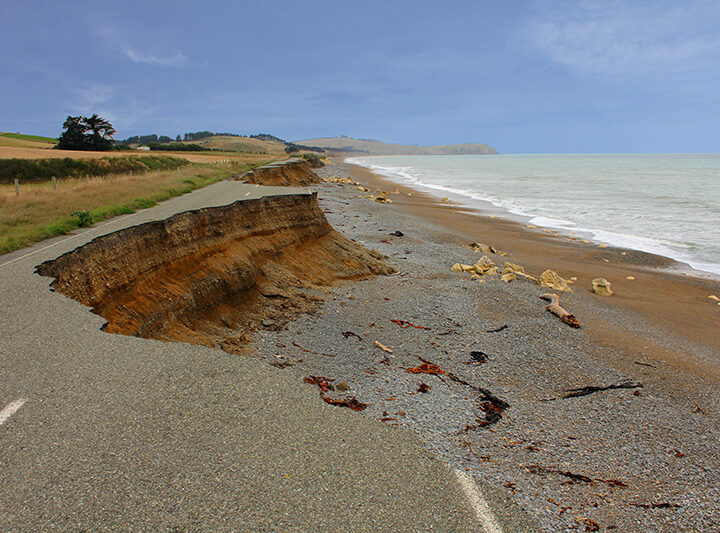
Design Professional Negligence? Only an Expert Can Tell
Douglas R. Garmager, Esq.
A design professional who has been sued may naturally be concerned about a jury of laypersons sitting in judgment over his or her work, especially when the work was part of a complex, multi-faceted project that may have turned out poorly for a number of reasons, none of which involved the design professional’s work.
It is this concern that has led most jurisdictions to require a plaintiff to establish a design professional’s breach of the standard of care by the use of expert testimony.
The following is a sample of the rules regarding expert testimony in a few of the larger jurisdictions across the United States:
- In California, the standard of care for a design professional “must be determined from the testimony of experts unless the conduct involved is within the common knowledge of laymen.”1
- In Florida, the standard of care for a design professional must be established by “similar professionals in the community under similar circumstances,” unless the duty is “so obvious as to be apparent to persons of common experience.”2
- In Illinois, the standard of care for a design professional must be established through expert testimony unless the professional negligence is “so grossly apparent that a layman would have no difficulty in appraising it as where the record discloses such an obvious, explicit, and undisputed breach of duty.”3
- In New York, a claim against a design professional requires expert testimony “to establish a viable cause of action,” including that “there was a departure from accepted standards of practice and that the departure was a proximate cause of the injury.”4
- In Texas, a claim of professional negligence requires “that a professional similarly licensed offer testimony that the conduct was beneath the standard of care in the profession and that this breach of care was the proximate cause of the [plaintiff’s] damages.”5
There can be situations where a design professional’s negligence is so obvious that expert testimony is not required. For example, in Fence Rail Development Corp. v. Nelson & Associates, Ltd. (Illinois), an architect delivered foundation plans for a “Brookside”-style house when the agreement called for a “Georgian”-style house. The result was a foundation poured with incorrect dimensions. The Illinois Appellate Court noted, under these circumstances, that “[i]t does not take a degree in architecture to determine the error.”6
The majority of professional negligence claims, however, will likely require expert testimony. As with any legal requirement, there can be variations of the rules depending on the state in which the professional negligence occurs. You should consult with your local attorney if you have questions about expert testimony and negligence.
CITATIONS
1Allied Properties v. John A. Blume & Associates, 102 Cal. Rptr. 259, 265 (Cal. Ct. App. 1972).
2Transportation Engineering, Inc. v. Cruz, 152 So. 3d 37, 49 (Fla. Dist. Ct. App. 2014); see also, United States ex rel. J&A Mechanical, Inc. v. Wimberly Allison Tong, No. 6:05-CV-1207, 2006 U.S. Dist. LEXIS 84561, at *8 (M.D. Fla. Nov. 21, 2006).
3Fence Rail Development Corp. v. Nelson & Associates, Ltd., 528 N.E.2d 344, 346-47 (Ill. App. Ct. 1988); see also Thompson v. Gordon, 948 N.E.2d 39, 49 (Ill. 2011).
4Travelers Indemnity Co. v. Zeff Design, 875 N.Y.S.2d 456, 459 (N.Y. App. Div. 2009) (case involving engineer); 530 East 89 Corp. v. Unger, 373 N.E.2d 276, 277 (N.Y. 1977) (case against architect).
5Palmer v. Espey Huston & Associates, 84 S.W.3d 345, 354 (Tex. App. 2002); see also Parkway Co. v. Woodruff, 901 S.W.2d 434, 445 (Tex. 1995).
6Fence Rail Development Corp., 528 N.E.2d at 346-47.






